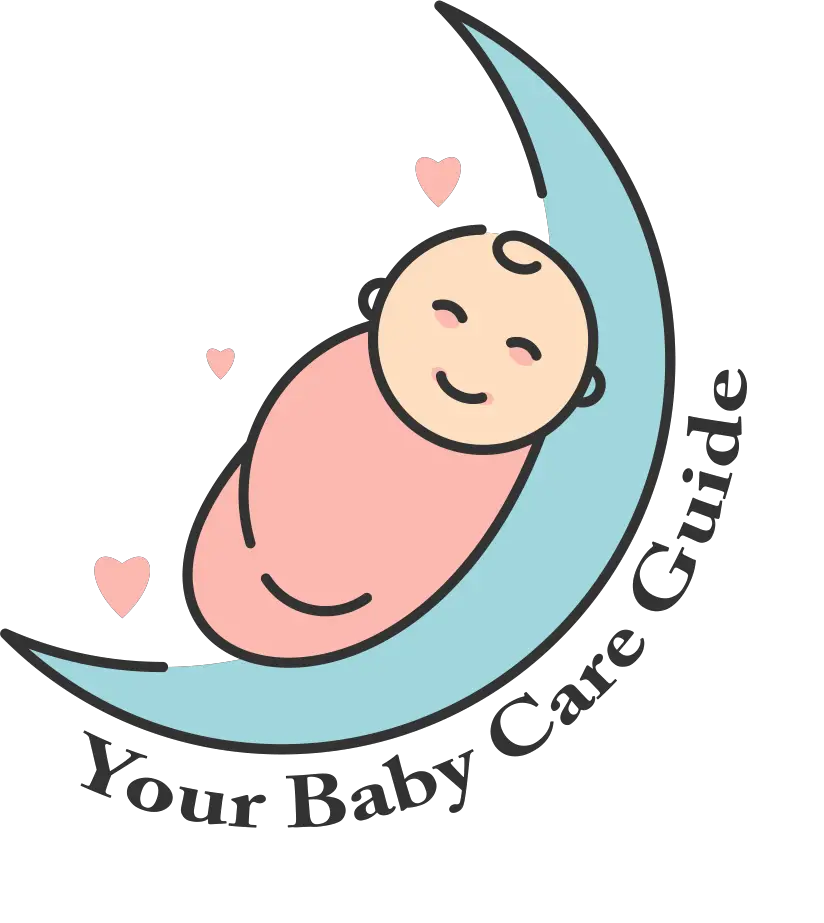A newborn baby has almost 100 times as many bones as an adult. However, the ossification process causes those bones to grow and fuse. That process is normal and healthy. By the time a baby reaches adulthood, they will have twenty-six to two hundred bones. Nonetheless, you should always ask yourself, “How many bones does a baby have?”
Even though babies’ bodies are soft, they have many bones. This fact may shock you as a parent. After all, a baby’s body is not entirely “hardened” yet. However, soft and flexible cartilage is essential to a baby’s flexibility during delivery and growth. The fewer bones a baby has, the more supple it will be as it grows.
Your baby’s skull is composed of five different plates of bone. The head has anterior and posterior fontanelles, soft spots that develop into bones. The crown is one of the first areas of bone to fuse fully. It protects the baby’s brain and is one of the first to combine thoroughly. Although bones change during development, you can help your child develop healthy bones by ensuring they have plenty of physical activity.
As a newborn, a baby has 270 to 300 bones, compared to 206 in an adult. However, some of those bones are already fused and aren’t available to the baby. As a newborn grows older, the bones start connecting and forming actual bones. This process is called ossification. Once these bones grow together, they become stronger and link to create larger, more sturdy ones.
In addition to bones, newborns have cartilage. Cartilage is softer than bone, allowing the baby to fit through the birth canal and grow. A newborn’s bone marrow develops around the eighth week of embryonic development. Because bones are made of cartilage, many are not from the standard bone material. Instead, they start as cartilage. It makes them more malleable and more accessible for the baby and mother to pass through the birth canal.
Because a baby’s bones are still soft, they must harden and fuse over the next few decades. Proper nutrition and weight-bearing exercises are essential for skeletal development. These activities will help your child build strong bones for life. Parents must provide adequate food and training for their babies. By understanding how many bones a baby has, you’ll be able to provide the best start for a healthy future.
During a baby’s first months, the body has only nine bones. The smallest is the stapes, while the longest is the femur. Bones continue to grow throughout the baby’s life but stop growing at puberty. Despite this, bones are the most commonly fractured, with the arms accounting for nearly half of all broken bones. It’s incredible to think that such a small structure holds everything together!

